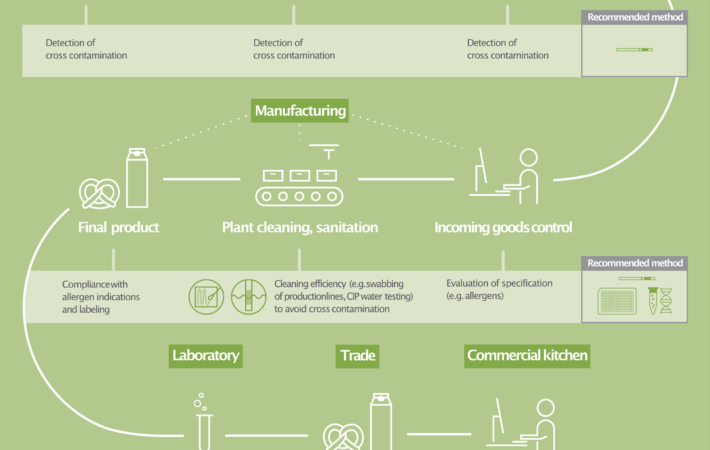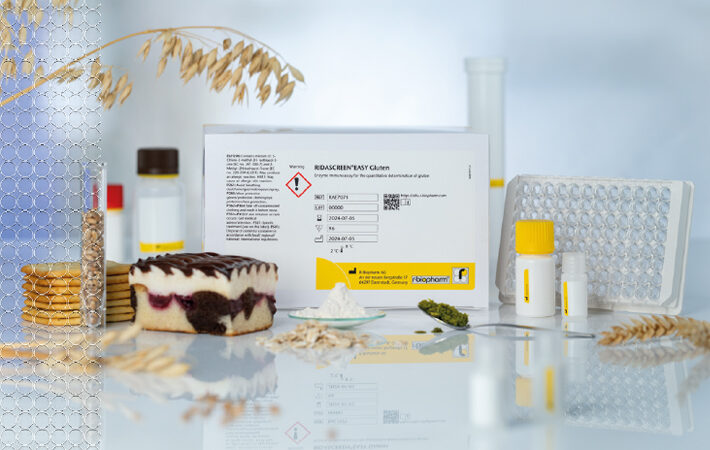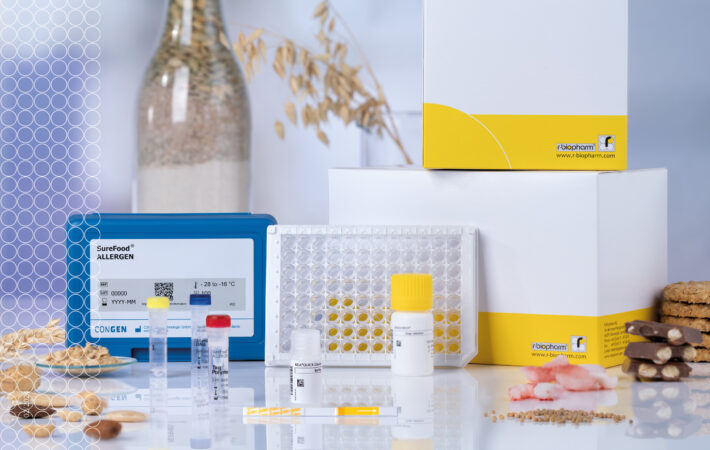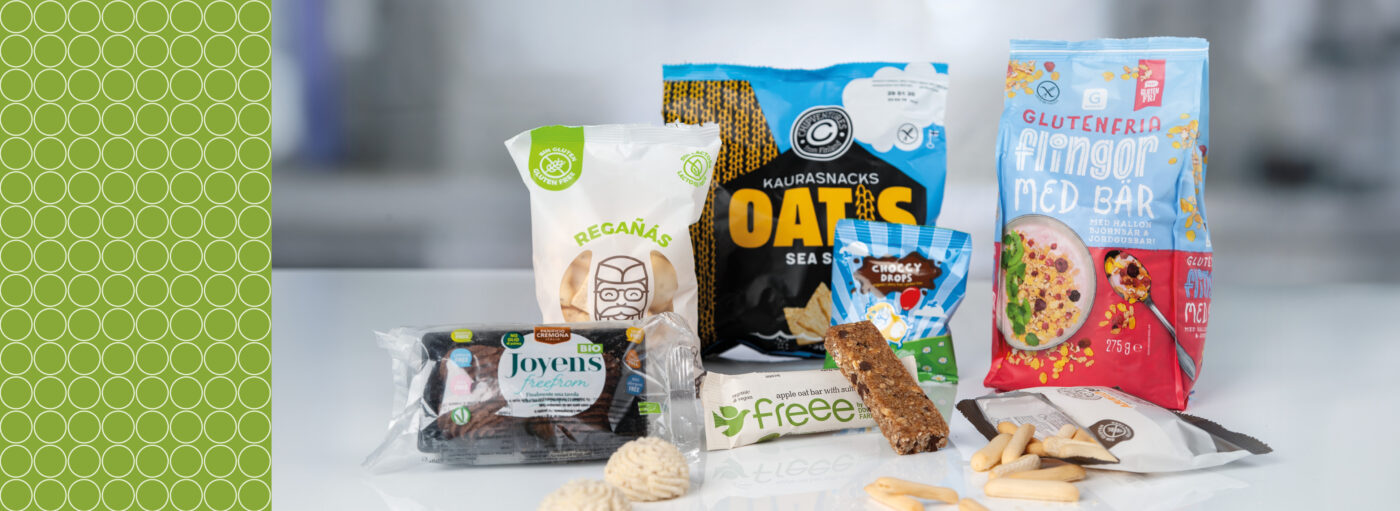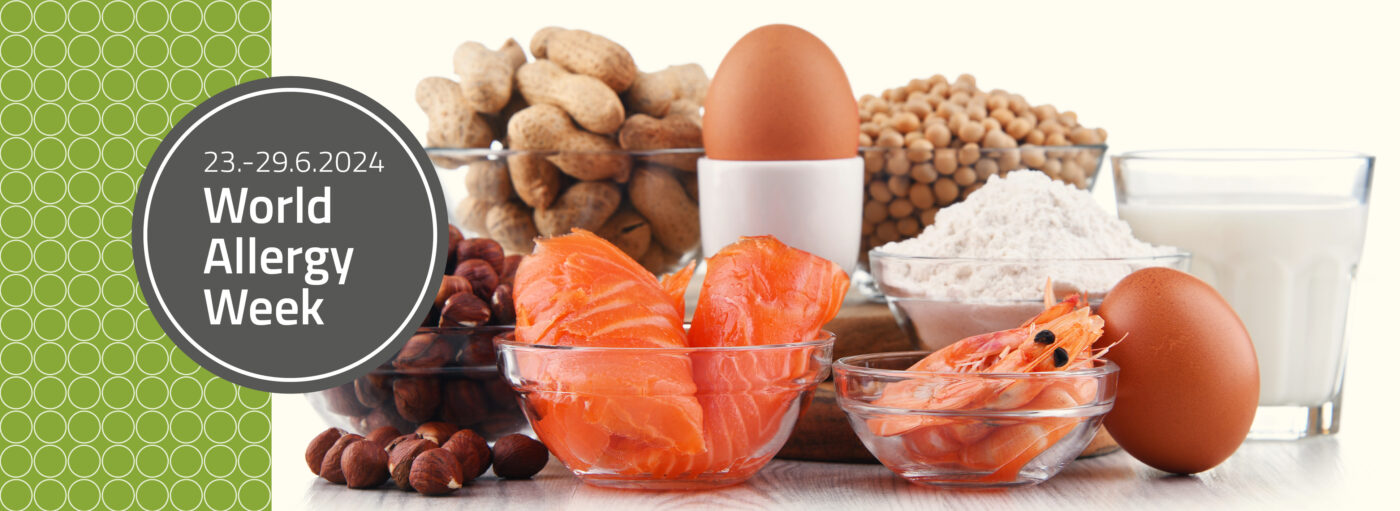
Food allergens
Reliable analytical solutions for your allergen management
Food allergen testing
The importance of food allergen management
For most people, consuming food is harmless, but for those with food allergies, it can cause life-threatening reactions and significantly impact their quality of life. Effective food allergen management using reliable testing methods is therefore critical.
Prevalence of food allergies and intolerances
Scientists estimate that approximately 2-4% of adults and 6-8% of children suffer from food allergies. Additionally, a significant number of people have food intolerances, although their exact prevalence is difficult to determine due to a lack of comprehensive studies. Unlike food intolerances, food allergies are highly dangerous because they are caused by immune system reactions triggered by proteins to which individuals are sensitized.
The need for accurate allergen labeling
Labeling allergenic proteins, known as allergens, is crucial for protecting allergic individuals. Hidden allergens, which can appear in convenience foods or as unintended contaminants during storage and production, pose significant risks.
Allergen regulation
To safeguard allergic individuals, the EU implemented food labeling regulations, which are continuously updated (EU Regulation 1169/2011, effective December 2014). Since November 2005, food producers are required to label ingredients that can cause allergies or intolerances. This includes a comprehensive list of substances and products derived from them.
Furthermore, sulfur dioxide and sulfites in concentrations over 10 milligrams per kilogram must be labeled. Other countries have similar regulations tailored to country-specific allergens, such as Histamine.
An interactive map of international allergen regulations is available from the Food Allergy Research and Resource Program (FARRP).
Allergen risk management
In most production lines, multiple products are produced, leading to potential unintended allergen contamination. This can occur through cross-contact of raw materials, inadequate storage, shared production equipment, airborne dust, improper reuse of leftovers, or faulty packaging. To protect consumers and ensure accurate labeling, an HACCP (Hazard Analysis Critical Control Point) concept, including reliable on-site allergen analysis, must be implemented. Effective measures such as strategic production schedules and rigorous cleaning practices can minimize cross-contact with allergens.
Test kits for allergen analysis
R-Biopharm offers a range of immunochemical (ELISA, lateral flow tests) and molecular biological (PCR) techniques for allergen analysis. Our extensive portfolio includes test kits for almond, casein, crustacean, egg, gluten/gliadin, hazelnut, β-lactoglobulin, lupine, milk, mustard, peanut, sesame, and soy. Conducting allergen analysis requires an allergen-free laboratory to ensure accurate results.
The bioavid lateral flow tests are now available in a new format, which includes a hook line and everything needed for cleaning control. Find out more about our bioavid lateral flow tests.
Explore our video section to get hands-on information on allergen analysis and the test procedure of our kits.


